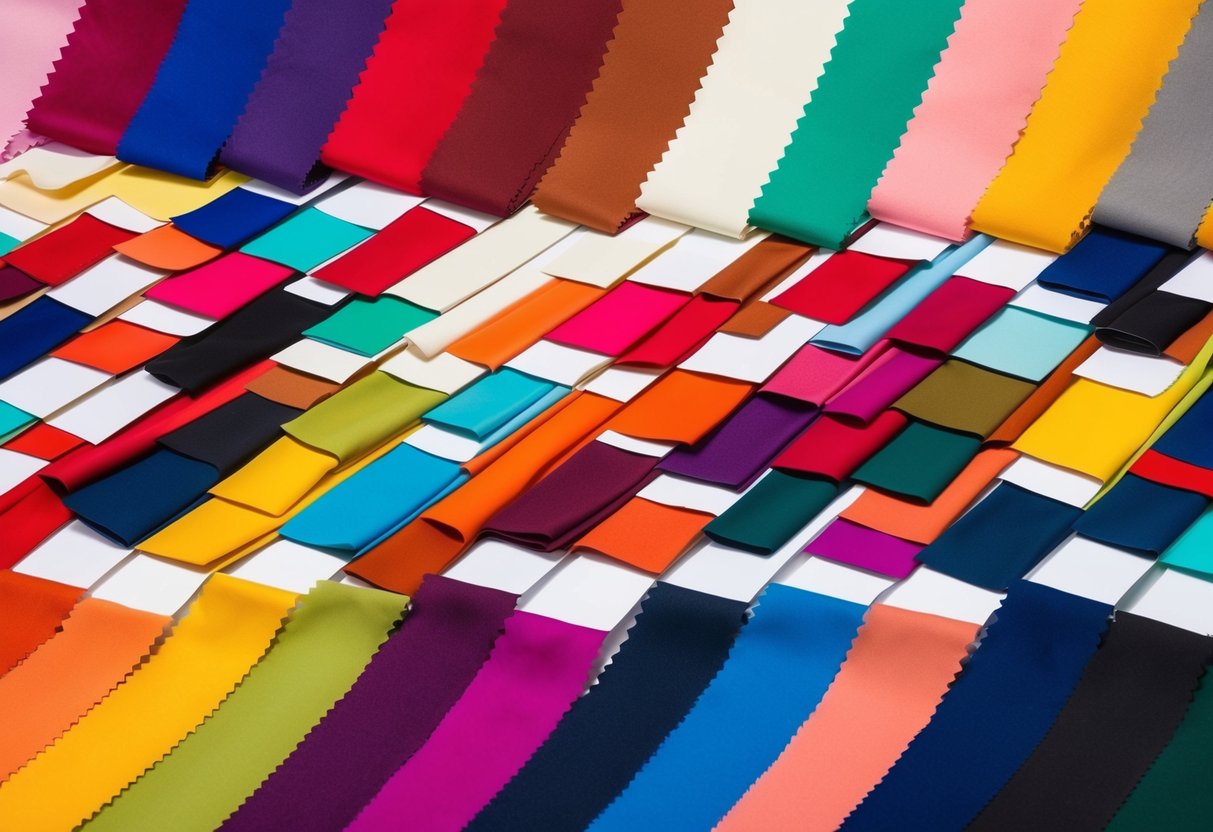
Color Palettes and Fabric Choices for the Season

Spring and summer runways, along with early retail drops, are highlighting the return of soft pastels and bold saturated hues. Elevated textural mixes and unexpected fabric pairings are transforming everyday fashion, bringing a fresh update to classic silhouettes.
Dominant Colors Defining the Moment
Color trends are moving toward gentle, sun-washed pastels and brighter, statement-making tones. This season’s palette features sugary shades like powder blue, pale mint, and soft blush pink, which bring a sense of calm and lightness.
These tones are frequently offset by vibrant entries such as Cherry Tomato red and Rain Forest green, creating visually compelling contrasts and ensuring plenty of range for different personal styles. Neutrals are subtly evolving.
Warm grays and dusty rose have emerged as preferred base colors, offering a modern twist on beige and taupe. Runway reports point to these hues as dominant across both ready-to-wear and accessories.
Designers are also embracing color-blocking with these shades, adding an energetic edge to traditionally soft palettes.
Textural Contrasts in Modern Wardrobes
Materials are becoming as important as color for expressing style. Lightweight fabrics like linen and cotton are in high demand for their breathability and tactile finish, especially in pleated or ruched constructions.
Textural combinations such as crisp poplin with supple leather make appearances across both tops and bottoms, introducing new layers and dimensions to wardrobe basics. Designers are experimenting with sheers layered over heavier knits, as well as mixing glossy satins with matte canvas for a deliberate play on contrast and structure.
Gingham and subtle ribbed knits also provide visual interest without overpowering the look. These innovative fabric pairings reflect a shift toward elevated casual pieces and transitional layering, a key element in spring and summer wardrobes found in both high fashion and street style.
Upcycling, Sustainability, and Ethical Choices
Today’s fashion industry is responding to demand for cleaner production by shifting toward low-impact materials, responsible sourcing, and the reinvention of older garments. Brands are investing in transparent labor practices, energy-efficient technologies, and well-documented supply chains.
Eco-Friendly Materials Gain Popularity
Designers and consumers are seeking textiles with less environmental impact. Organic cotton, hemp, TENCEL™, recycled polyester, and bamboo fabrics are appearing in new collections and popular brands.
These materials often use fewer pesticides, require less water, and can be biodegradable or sourced from recycled waste. Many retailers are marketing their items as “climate-neutral” or “zero waste.”
Companies are adopting closed-loop manufacturing and employing dyes that are less harmful to water systems. Digital platforms make it easier for shoppers to filter by fiber type or certification, such as GOTS (Global Organic Textile Standard).
The shift toward eco-conscious production is estimated to continue growing in 2025, as consumers demand greater transparency and authenticity from brands. This movement is already influencing major trends, as seen in the rise of circular economy practices and upcycling.
Vintage Styles Resurfacing
Vintage fashion is experiencing a renewed surge, driven by upcycling and nostalgia for previous decades. Thrifted denim, patchwork, and garments reworked from older textiles are showing up across social media feeds.
Resale platforms and boutique shops are making curated secondhand pieces available to a wider audience. Upcycling methods, such as customizing jeans with patches or altering dresses with modern details, are standard in both independent labels and larger fashion houses.
Vintage silhouettes from the ‘70s to the ‘90s—think oversized blazers, bold patterns, and high-waisted pants—are returning to collections. This trend reduces waste and extends garment lifecycle.
The emphasis on creativity and sustainability is also bringing forth limited-run drops, collaborative capsule pieces, and influencer-led upcycled collections. Many see this as part of a broader cultural shift, where ethical choices, creative reuse, and personalization drive consumer enthusiasm.



